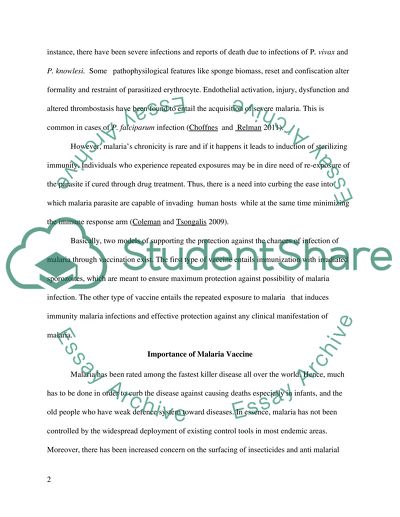Cite this document
(“Importance of Malaria Vaccine. Challenges of Malaria Vaccine Essay”, n.d.)
Retrieved from https://studentshare.org/biology/1465125-what-are-the-alternatives-for-a-malaria-vaccine
Retrieved from https://studentshare.org/biology/1465125-what-are-the-alternatives-for-a-malaria-vaccine
(Importance of Malaria Vaccine. Challenges of Malaria Vaccine Essay)
https://studentshare.org/biology/1465125-what-are-the-alternatives-for-a-malaria-vaccine.
https://studentshare.org/biology/1465125-what-are-the-alternatives-for-a-malaria-vaccine.
“Importance of Malaria Vaccine. Challenges of Malaria Vaccine Essay”, n.d. https://studentshare.org/biology/1465125-what-are-the-alternatives-for-a-malaria-vaccine.


